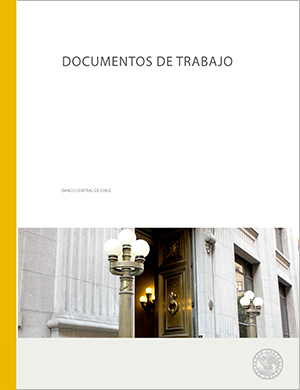Working papers N° 453: Development Paths and Dynamic Comparative Advantages: When Leamer Met Solow
Publications
Working papers N° 453: Development Paths and Dynamic Comparative Advantages: When Leamer Met Solow
Autor: Rodrigo Fuentes , Verónica Mies
Description
An important condition for convergence is that countries share the same technology for the aggregate production function (Solow, 1956). If countries produce a different mix of products, however, they will have a different aggregate production function. We argue that the inclusion of a fixed factor, such as natural resources, strongly determines the pattern of production and trade, and thus the path of development (Leamer, 1987) and the level of per capita consumption of a small open economy. We build a dynamic model of comparative advantages that naturally leads to different steady-state equilibria. Our main findings are, first, that differences in income and capital per worker between countries with and without natural resources (and with different types of natural resources) are explained by the relative rent of the natural resource factor and the capital-labor ratio used in the natural resource sector relative to the other sectors. An economy that discovers a natural resource will almost always enjoy a higher level of consumption in steady state, although we describe one specific case in which it is not optimal to exploit the natural resource. Second, for economies without natural resources, becoming industrialized is always good (in terms of consumption). Nevertheless, countries with natural resources could end up with a less industrialized productive sector, but a higher level of consumption.
Working papers N° 453: Development Paths and Dynamic Comparative Advantages: When Leamer Met Solow
Boxes and graphics

